Now that monuments to the Confederacy have been torn across the United States, non-Americans may be wondering why the country honored a rebellion in the first place.
The reason is the “Lost Cause”: an extensive mythology developed in the aftermath of the Civil War by Southern artists, authors and politicians, which denied the true cause of the conflict (slavery) and idealized the Antebellum South.
The best-known example is the 1939 movie Gone with the Wind, which was based on a 1936 novel of the same name by Margaret Mitchell. But there were many more books, magazines, poems, songs and statues that promoted the Lost Cause. Cities, streets and military forts were named after Confederate leaders. The Confederate battle flag was incorporated into the state flags of Georgia and Mississippi.
The goal was to give defeated white Southerners a new sense of pride and purpose and roll back the emancipation of freed slaves.
Given how omnipresent the Lost Cause was in Southern art and literature, and how widespread Confederate nostalgia remains, it can seep into our alternate histories if we aren’t careful. So let’s take a look at what the Lost Cause is and how it can work, so we know what to avoid.
Great lie
The great lie of the Lost Cause was that the eleven Confederate states seceded from the Union not to preserve slavery but to defend states’ rights and the Southern way of life. It calls the North the aggressor: its big-city capitalist elites were accused of trying to bend the Southern plantation economy to their will. The chivalrous South only lost the war because its noble troops and generals, in particular Robert E. Lee and Stonewall Jackson, were overwhelmed by the drilled and mechanized armies of the North, who were led by men of low moral standards, such as Ulysses Grant and William Sherman.
The Lost Cause insists slavery was a benign institution; that by far most slaves were treated well by their masters and wanted to serve. Brutality, poor working conditions, racism, rape and the separation of slave families are ignored.
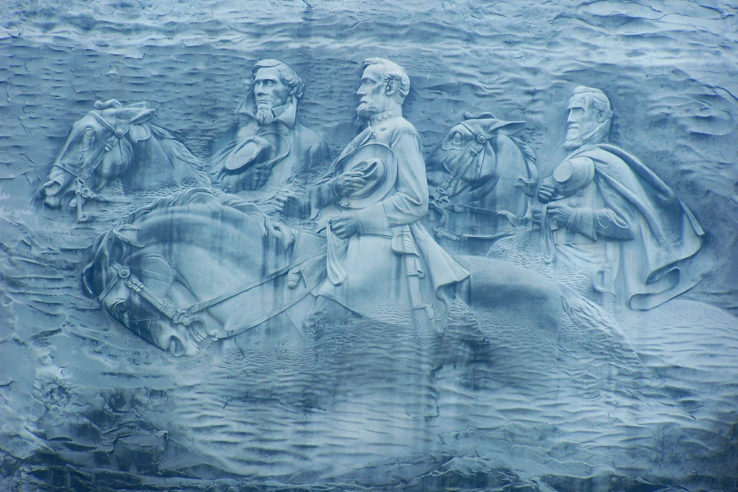
Archetypes
The ideal Southern man, Elizabeth Fox-Genovese and Eugene D. Genovese write in The Mind of the Master Class: History and Faith in the Southern Slaveholders’ Worldview (2005), ran a plantation, treated his slaves with a paternalistic mix of strictness and justice, was gallant in the company of women, courteous in public, courageous in the face of battle, and a proper Christian.
The Southern belle, Tara McPherson writes in Reconstructing Dixie: Race, Gender and Nostalgia in the Imagined South (2003), was the earthly embodiment of the virtue and warmth of home and family. In the absence of their combating husbands, Southern women managed the plantations and tended to wounded soldiers. They were the unblemished saints of the Confederacy, whose innocence had been ravaged by the North.
These archetypes form the essence of the Southern myth of a chosen people, with sons prepared to lay down their lives for its independence and daughters who embodied its grace and honor. Usually with a doting Mammy or a passive Uncle Tom in the background.
Pastoral life
The Lost Cause’s romanticized version of the plantation can be placed in a wider American tradition of idealizing pre-industrial, pastoral society. Examples include the paintings of Edward Lamson Henry, Mort Künstler and Stan Joel Strickland.
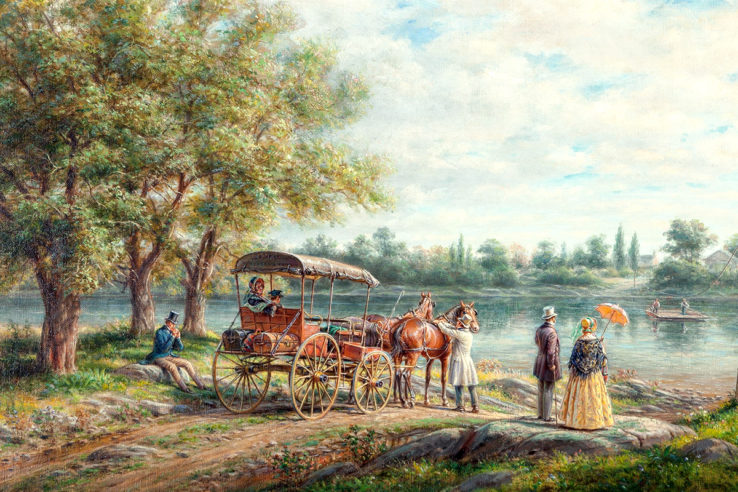
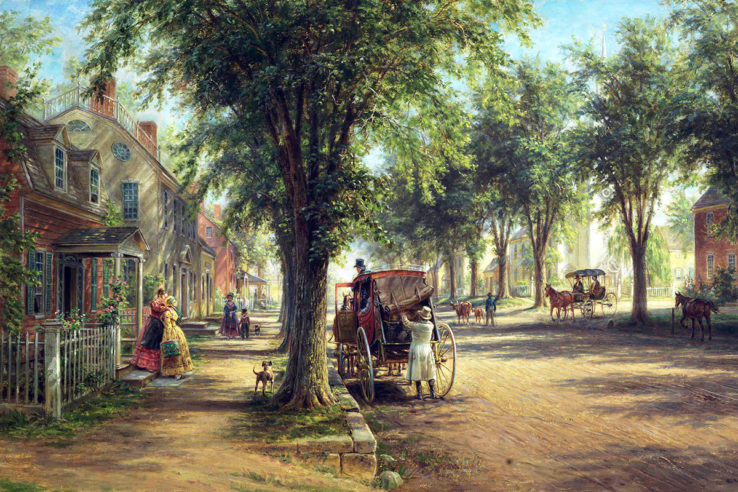
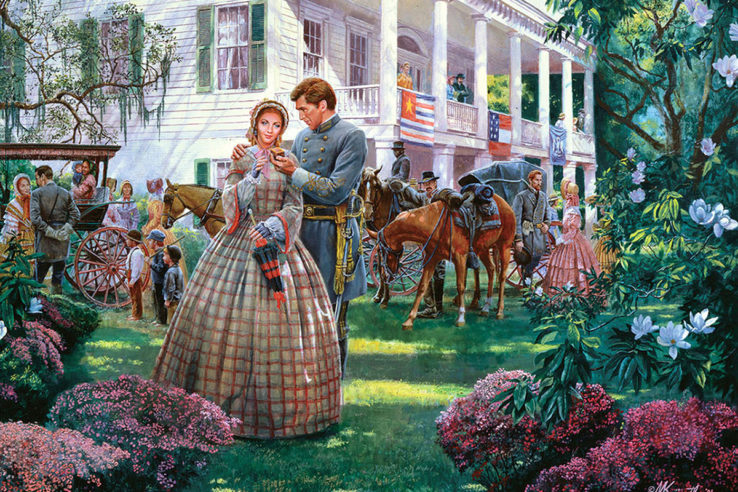
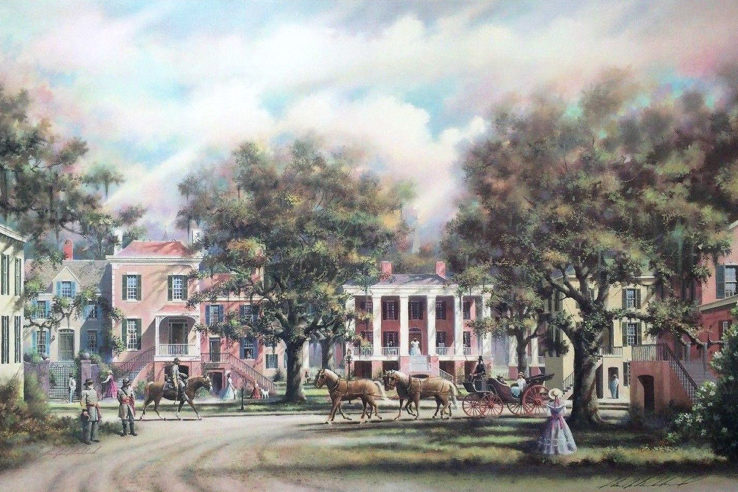
Not every work of art that romanticizes the Antebellum South is problematic. Henry painted a variety of rural scenes. Künstler specializes in American history, not Southern history per se.
But if an artist’s entire oeuvre, like Strickland’s, consists of tranquil landscapes of plantations and towns, in which black people are either conspicuously absent or quietly working a cotton field in the background, it should raise some eyebrows.
The Birth of a Nation
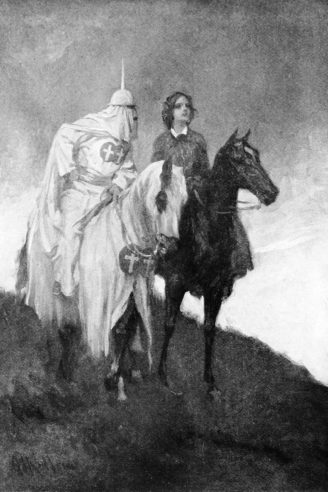
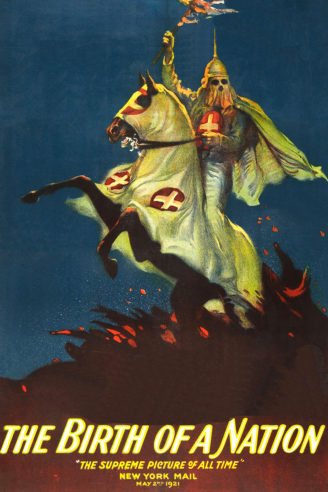
A worse example of historical revisionism than Gone with the Wind is David Wark Griffith’s The Birth of a Nation (1915), a three-hour silent epic drama film that glorifies the Ku Klux Klan. It was based on the best-selling novels of Thomas Dixon Jr., whose The Leopard’s Spots: A Romance of the White Man’s Burden — 1865–1900 (1902) and The Clansman: A Historical Romance of the Ku Klux Klan (1905) glamorize white supremacy.
Dixon’s novels and The Birth of a Nation proved how dangerous the Lost Cause mythology could be. David W. Blight argues in Race and Reunion: The Civil War in American Memory (2001) that the books and movie provided fresh justification for vigilantism and white rule by blaming blacks for the Civil War and Northern radicalism for unleashing former slaves into barbarism.
Reluctantly, Klansmen — white men — had to take the law into their own hands in order to save Southern white womanhood from the sexual brutality of black men. … Riding as masked cavalry, the Klan stopped corrupt government, prevented the anarchy of “Negro rule” and most of all, saved white supremacy.
The stories inspired a twentieth-century revival of the Klan, which had petered out by the time The Birth of a Nation was released. The hooded white robes and burning crosses we associate with the Klan were in fact Dixon’s creations. It’s a warning of the horrible real-world consequences fiction can have.
Song of the South
A less appalling, but hardly less cringeworthy, example of the genre is Song of the South (1946), the first live-action movie made by Disney. A young boy visits his grandmother’s idyllic Southern plantation, where he befriends the black Uncle Remus (James Baskett), a character from the novels of Joel Chandler Harris.
The movie doesn’t make clear it takes place after the Civil War. Many viewers assumed it took place during slavery, although slavery is never mentioned and the relationship between blacks and whites is left vague. Neither Remus nor any black character ever complains. They all seem perfectly content with being subservient to whites.
The National Association for the Advancement of Colored People lamented at the time of the movie’s release that it gave “the impression of an idyllic master-slave relationship, which is a distortion of the facts.” The Afro-American denounced it as a “vicious a piece of propaganda for white supremacy.” Later critics pointed out the Lost Cause tropes:
[T]he slaves in the film are all good-natured, subservient, annoyingly cheerful, content and always willing to help a white person in need with some valuable life lesson along the way. In fact, they’re never called slaves, but they come off more like neighborly workers lending a helping hand for some kind, benevolent plantation owners.
Disney has never released the movie on home video in the United States.
Alternate history
Alternate Civil War histories that downplay slavery, portray a victorious Confederacy as benevolent and a defeated Union as destitute (unwittingly) perpetuate the mythology of the Lost Cause.
The earliest example is Frank Williams’ Hallie Marshall: A True Daughter of the South (1900). It suggests black slaves could have been mobilized to fight for the Confederacy and would subsequently have been happy to live under while rule while nominally free African Americans in the North would have suffered terrible working conditions in factories, unemployment and starvation.
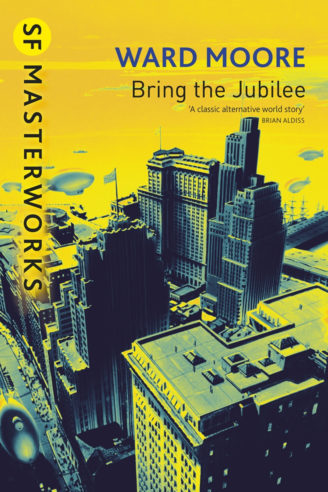
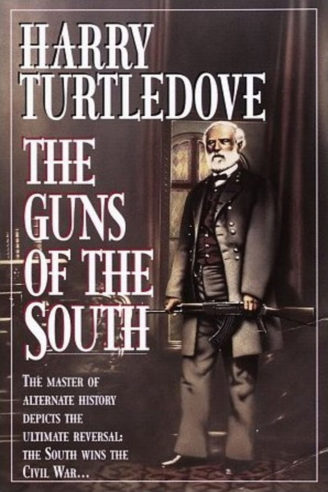
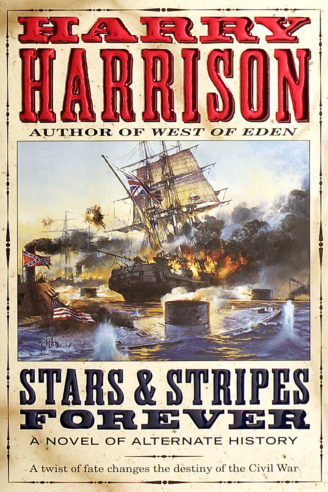
A classic of the Southern victory genre, Ward Moore’s Bring the Jubilee (1953) suggests Robert Lee would have abolished slavery after winning the Battle of Gettysburg and succeeding Jefferson Davis as president. His Confederacy becomes an imperial power, conquering most of Central and South America as well as the American West Coast and competing with Germany, which dominates Europe. Although living standards are said to be poor for non-whites, who cannot vote, the Confederacy is portrayed as an otherwise pleasant place to live, with a bustling metropolis in Washington-Baltimore and skies full of airships. The rump United States is perpetually in economic crisis and somehow more racist than the Confederates.
Other examples of the Confederacy giving up slavery after winning the Civil War include Harry Turtledove’s Guns of the South (1992) and eleven-book Southern Victory series (1997-2007), in which the defeated Union allies with Germany in World War I, and Harry Harrison’s Stars and Stripes trilogy (1998-2002), in which the warring American states set aside their differences when they are attacked by the British. (To be fair to Turtledove, he does feature a black revolt later in the Southern Victory series, which the Confederates brutally suppress.)
Thanks to Eli “Lord K” Krichevsky, Jared Kavanagh and Alexander “SpanishSpy” Wallace for their recommendations in the Never Was Lounge and Sea Lion Press Forum. Thanks to Alex Richards for pointing out Song of the South was released on home video in Europe.

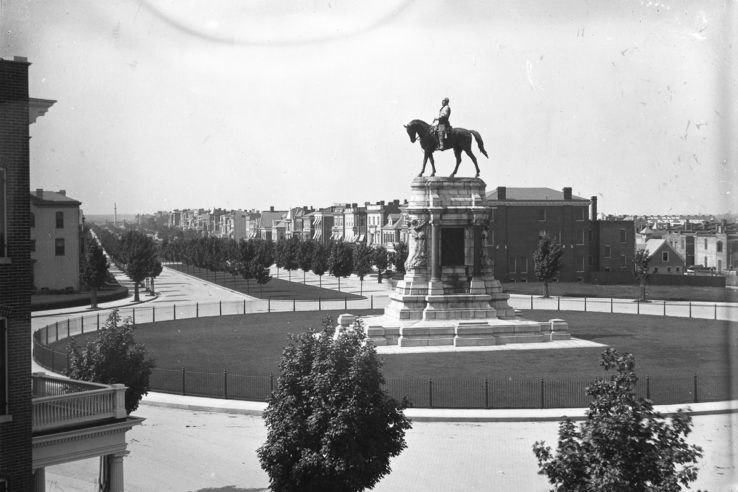
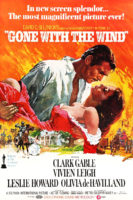
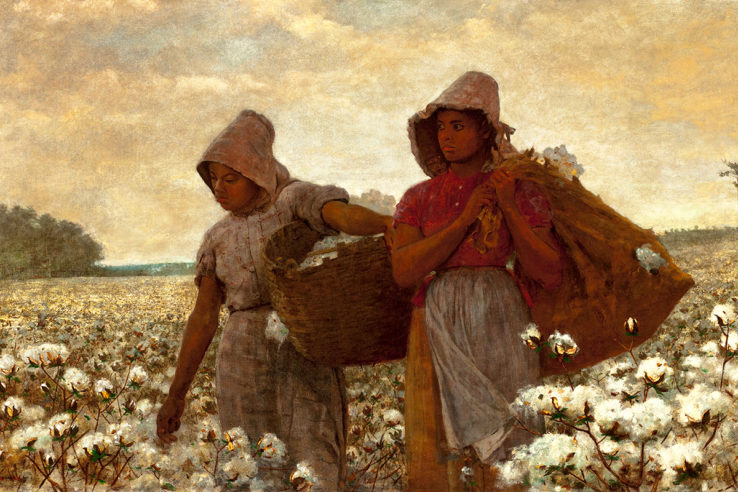
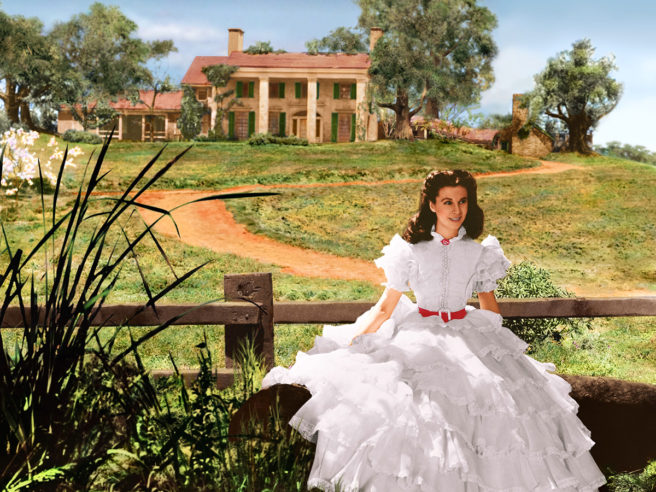
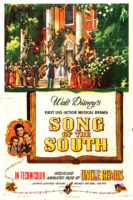
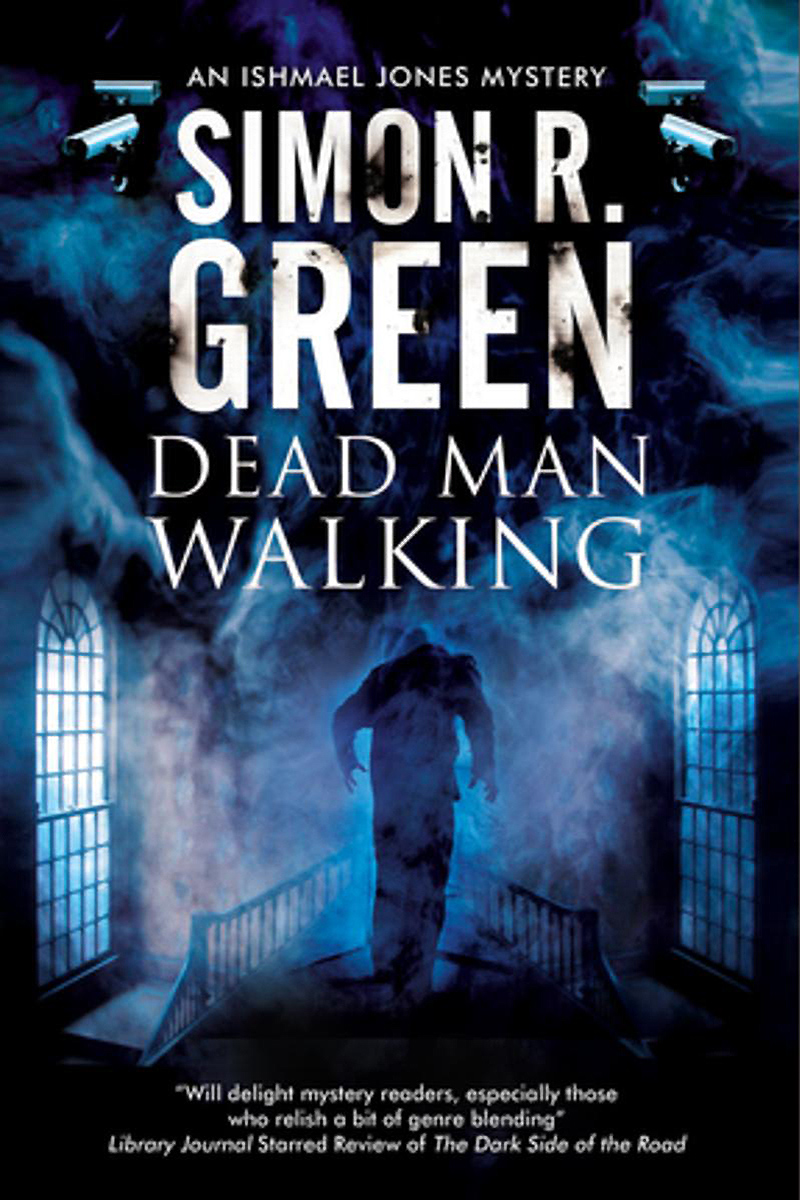
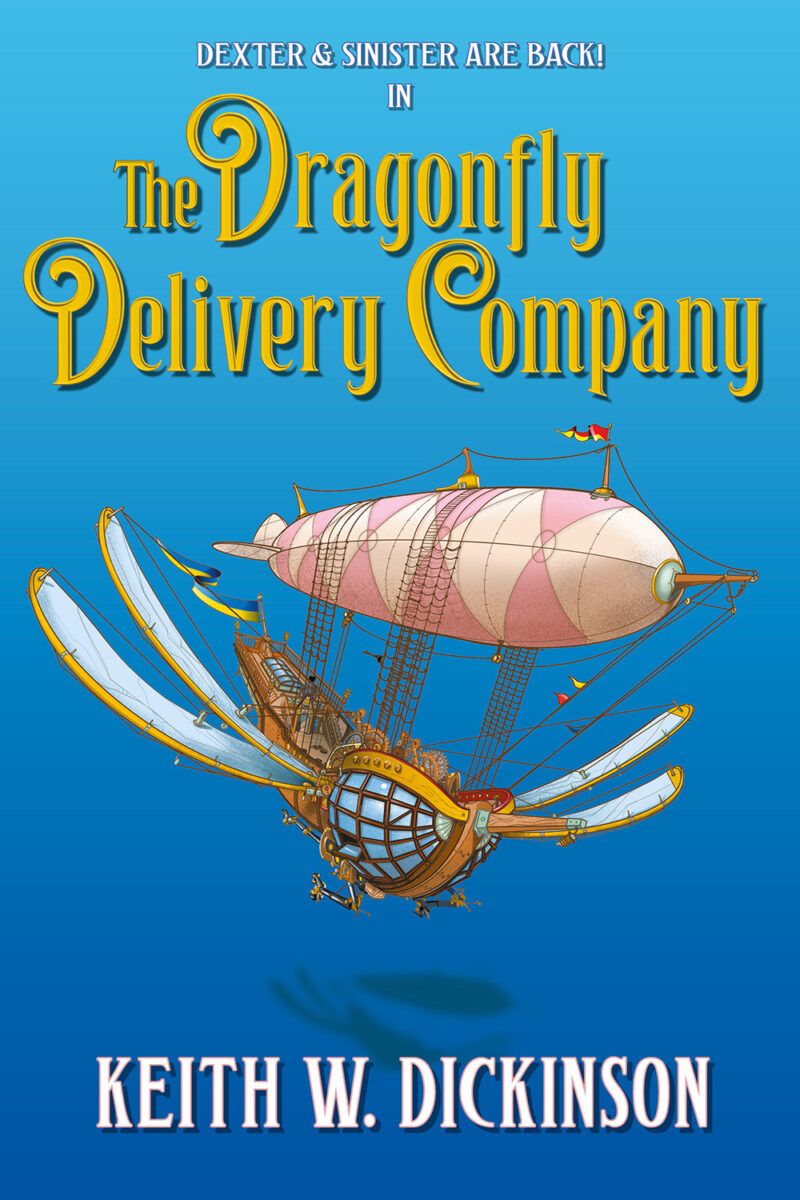

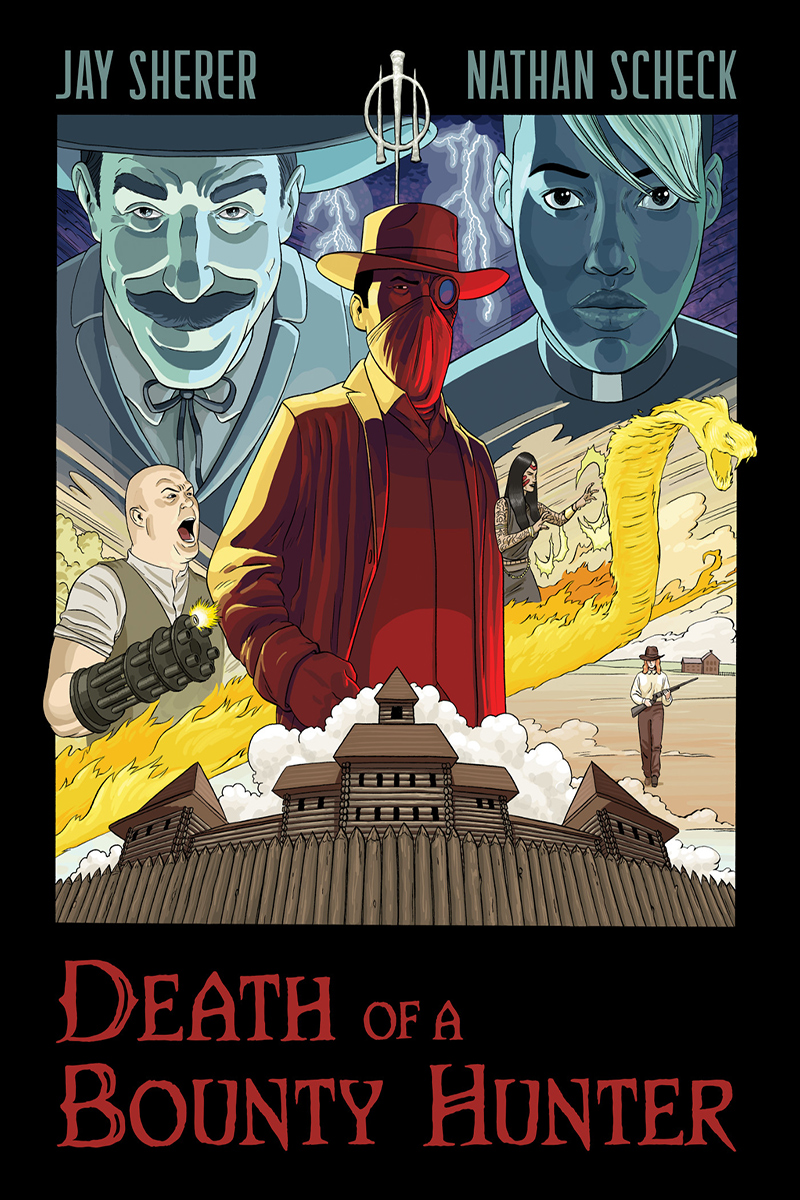
6 Comments
Add YoursVery interesting, Nick, and very accurate. Though GONE WITH THE WIND is not such a clear example as you suggest. Rhett Butler was very far indeed from “the Ideal Southern Man” and Scarlett O’Hara was about as far removed from “the earthly embodiment of the virtue and warmth of home and family” and an unemblemished saint as one can get!
Anyone wanting a more pointed parody should read THE WIND DONE GONE (2001) by Alice Randall, which retells GWTW’s story from the slave Cynara’s POV.
Griffith followed up BIRTH OF A NATION (1915) with INTOLERANCE (1916) which sought to partly offset the racism of the first movie, but was much less successful.
As for the causes of the Civil War, I always say there were three:- Slavery, Slavery, and Slavery!
Well written and on all fours as a lawyer would say.
Thank you both!
I think you may be interested in “CSA – Conderate Stare of America”, a mockumentary set in alternate world where the confederate won the war. It is mainly about black slaves – but what I found interesting is that to display this alternative world it uses cultural artefact (movies, advs and so on) from our world, indicating how some of the Confederate ideology remained in mainstream USA.
I saw the trailer! I debated whether to include it here or not. I figured it wasn’t so much alternate history as alternate present.
Very good article but one thing I will say is that TL191 isnt really a Lost Cause Piece at all, considering how it ends with the CSA comitting a Alternate Holocoust against the Black Population…